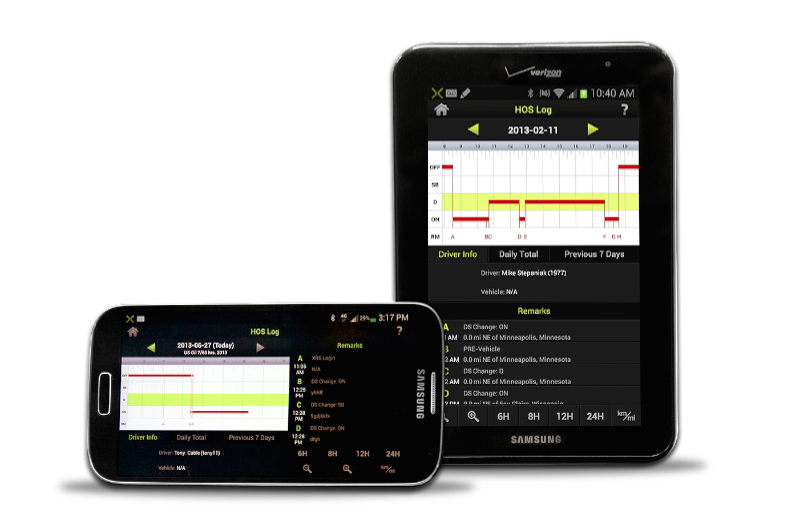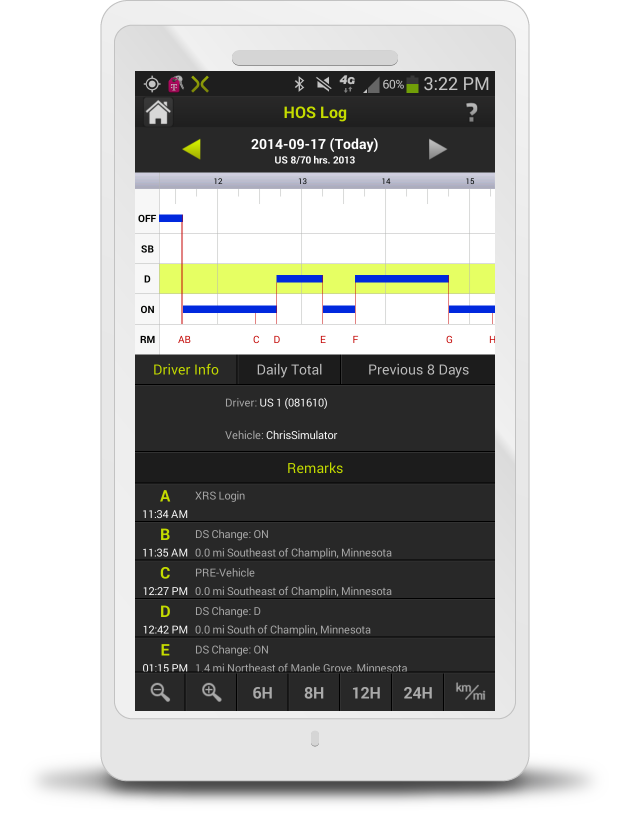Large Truck and Bus Crash Facts
The Large Truck and Bus Crash Facts (LTBCF) is an annual report produced by the FMCSA (Federal Motor Carrier Safety Administration). It contains valuable data about fatal, injury, and property-damage-only crashes involving large trucks and buses. A large truck is defined as a truck with a gross vehicle weight rating (GVWR) greater than 10,000 pounds.
The 2014 report was released on April 15, 2015. Click here to download a copy.
FleetOwner has produced some interesting charts and graphs from the data in the report. Click here to see the charts.
Facts From 2014 Report
The report contains a lot of useful facts and important information. Below are some of the most interesting ones.
- The number of large trucks involved in fatal crashes decreased by 5 percent, from 3,921 to 3,744 from 2013 to 2014.
- The number of large trucks involved in injury crashes increased by 21 percent, from 73,000 to 88,000 from 2013 to 2014.
- 34% of all fatal large truck crashes in 2014 occurred between 50 and 55 MPH.
- 63.4% of all fatal large trucks crashes occur between 6:00 AM – 6:00 PM.






